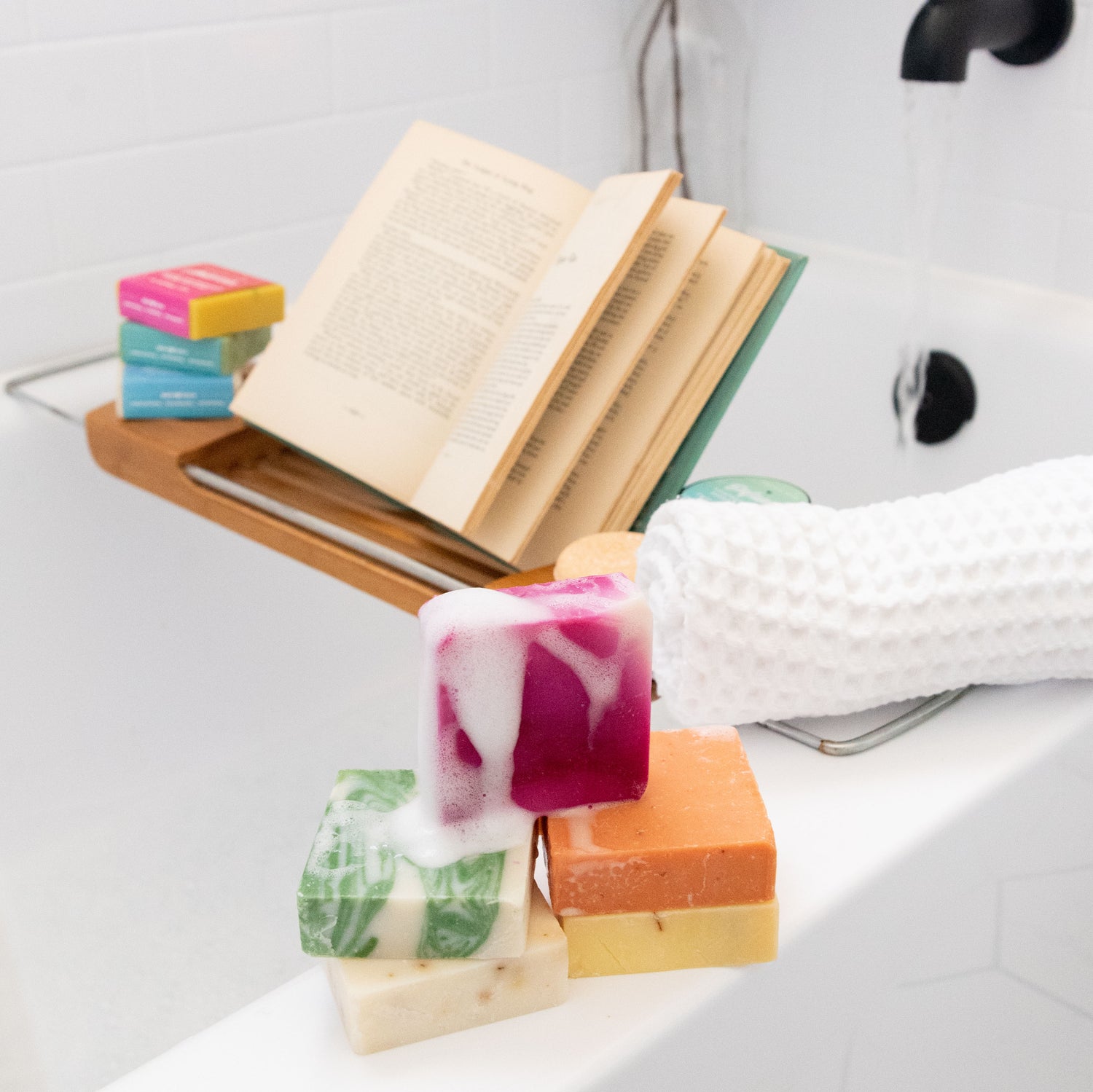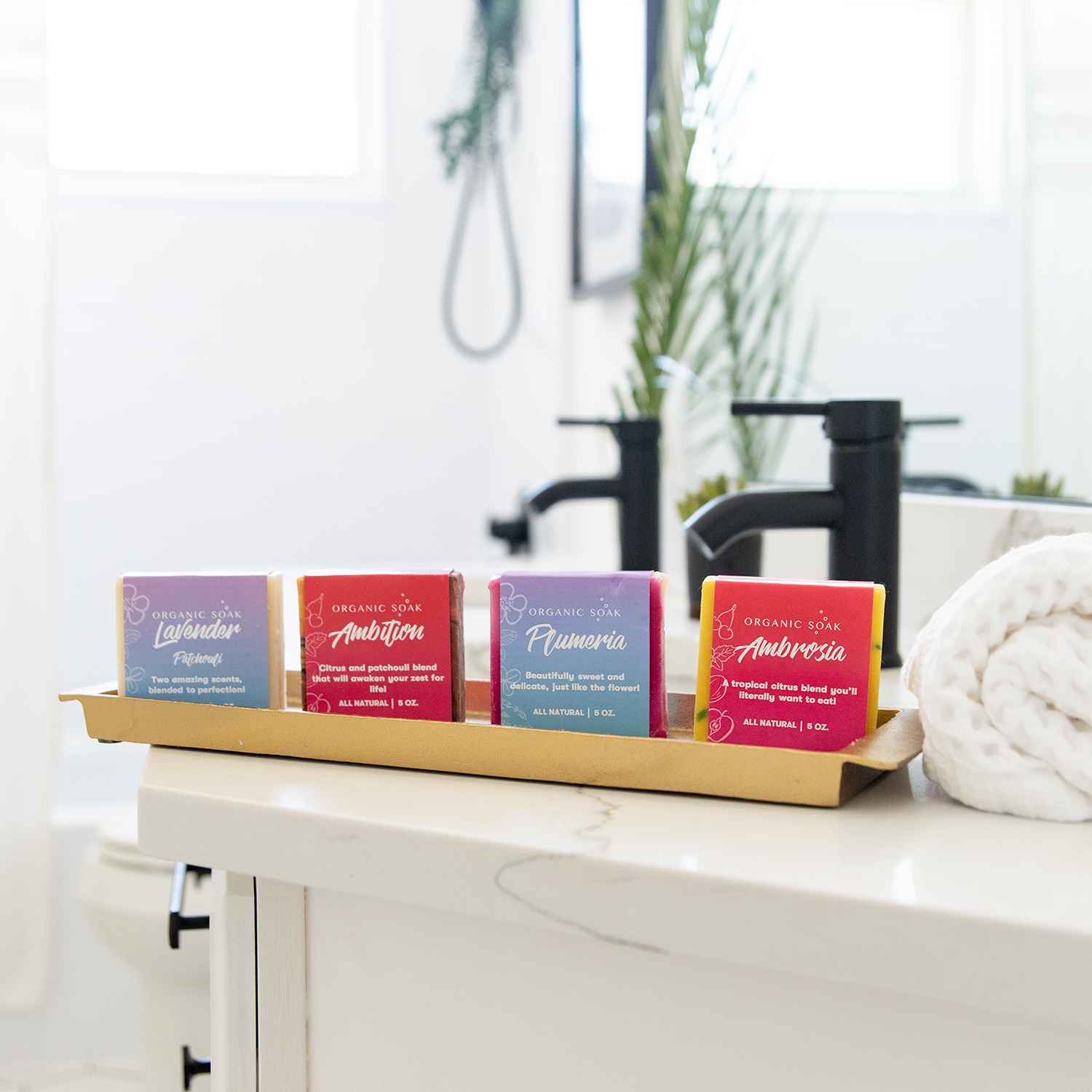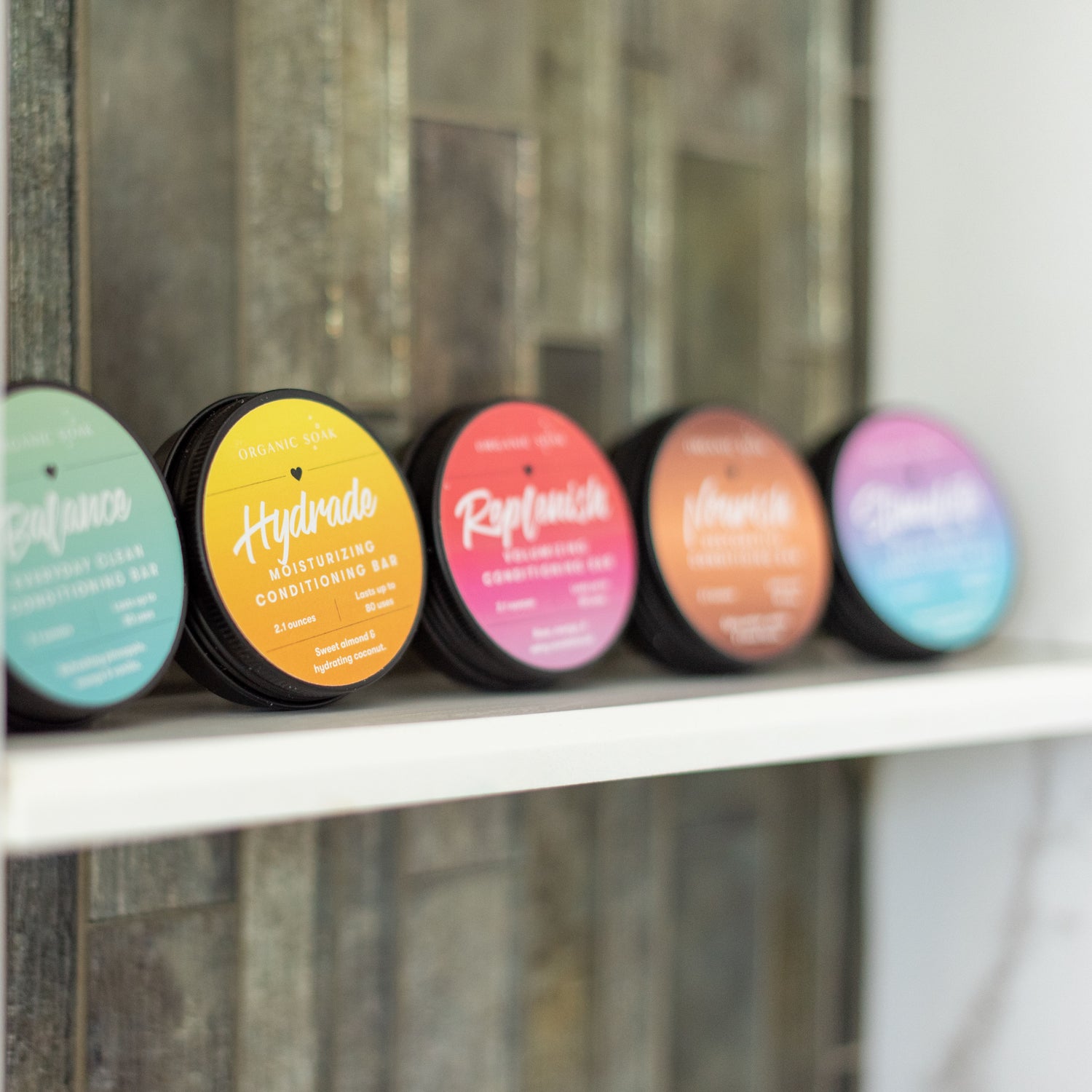Do you or someone you know struggle with Psoriasis? ME TOO! If you’re worried about having a flare up now that the temps are rising, this video will give you five GREAT tips for managing your psoriasis in the summer.
For people like me who suffer from psoriasis, summer can be both a blessing and a curse. While the increased humidity and sunshine can actually help soothe symptoms, dry air conditioning, chlorine, excessive sun and even the dreaded sunburn can dry out our skin and trigger a flare-up.
By the end of this article, you'll have 5 actionable tips to help keep your psoriasis under control during the hot summer months. I’m not a doctor any information I provide here is not
medical advice, but I do suffer from psoriasis and have used these tips to manage my summer flares for decades, and now I’d like to share them with you.
Tip #1. Schedule some time in the sun
While it’s not a substitute for medical grade light therapy, a little time in the sun can work wonders for your psoriasis. This is because the sun gives off a kind of light called ultraviolet (UV) light. There are two types: UVA and UVB. UVA light by itself doesn't do much to ease psoriasis symptoms, but UVB light can slow down the growth of your skin cells, which
helps with scaling and inflammation. UVB also helps your body make vitamin D, which is good for your skin and bones.
Tip #2. Get in the ocean
Soaking in water helps with rehydrating the dry flaky lesions on your skin, but a dip in the ocean may be even more beneficial than submerging in your tub. Although more research is needed to evaluate the possible benefits of sea salt on psoriasis, there’s definitely something about salt water that helps soothe the condition. In fact, according to a 2013 study published in the journal Photodermatology, Photoimmunology & Photomedicine, the level of salt concentration in certain bodies of water can enhance the transmission of UV light
therapy. So trek to the beach on your next day off, the combo of salt water and careful exposure to UV rays can make a dip in the ocean a great way to help ease your irritation this season.
Swimming, especially in salt water, sloughs off dead skin and improves the appearance of psoriasis. Still, both salt water and chlorinated water can leave skin dry and flaky. After swimming, rinse off well and put on a gentle moisturizer.
Tip #3. Stay hydrated and moisturize
While the humidity is good for your psoriasis, many aspects of summer, like air conditioning and chlorine, can lead to dry skin. If you know that you’ll be exposed to any of these factors, compensate by applying extra moisturizer. In the case of chlorine, shower after swimming to minimize any potential irritation. To lock in moisture, apply an ointment or cream
within a few minutes after - the thicker the formula you use, the better!
Tip #4. Limit alcohol intake
Summer is prime time to indulge in a drink — or two — at happy hour. But if you have psoriasis, you may want to limit how much you drink. Heavy drinking can reduce your response to psoriasis treatments, and alcohol can have dangerous side effects when combined with certain psoriasis medications. Excessive alcohol consumption may also contribute to systemic inflammation and have an effect on other diseases known to occur in people with psoriasis, including cardiovascular disease and depression, according to a 2013 study published in the journal Clinical and Experimental Dermatology.
Tip #5. Don’t get sunburned!
Speaking of sunburns, they’re technically an injury to the skin. And for some people, psoriasis forms at the site of an injury (this is known as the Koebner phenomenon — and as many as 50 percent of people with psoriasis experience it).
Here’s how to ensure you prevent a sunburn: Choose a mineral sunscreen containing zinc or titanium dioxide (these micro-formulated metals act as a barrier by reflecting the sun’s rays), protect your scalp by wearing a hat, wear a rash guard-style swim shirt at the beach, and cover up with lightweight, loose clothing if you’ll be out in the sun for a prolonged period of time.
Physical or Mineral Blockers include Zinc Oxide and Titanium Dioxide. While ZnO is the only true physical blocker TD works as a hybrid by scattering UV light as well as absorbing UV radiation.
Zinc works by sitting on top of skin and either reflecting or scattering UV rays, and it blocks against both UVA and UVB rays, covering the whole spectrum. It's the only FDA approved Broad Spectrum UVA/UVB Protection ingredient. It won’t degrade or lose potency over time, won’t produce the skin sensitivities and rashes or initiate the creation of free radicals or hormone disruptors commonly caused by chemical sunscreens because it is an insoluble mineral that stays suspended on the skins surface and does not absorb into living skin cells the way Chemical UV absorbers do.
Chemical Absorbers include a range of ingredients. These agents work by interacting with the skin’s top layer to absorb UV rays and convert their energy. Once this energy is absorbed, the filters then defuse the energy in to the skin as heat. Chemical sunscreens tend to use a combination of ingredients to protect against the full spectrum of UV rays, as individually they all filter different ranges of the spectrum. While older chemical filters tended to protect well against UVB rays, they often don’t deliver much in the way of UVA protection. While the new generation of chemical absorbers are much more photo stable there are limits to the amount of UV radiation that they can absorb before breaking down. Some of the chemicals used pass entirely through the blood stream and have been linked to hormone disruption.
So be sure to use your skin sun protection carefully!
Check out our video on this topic:





